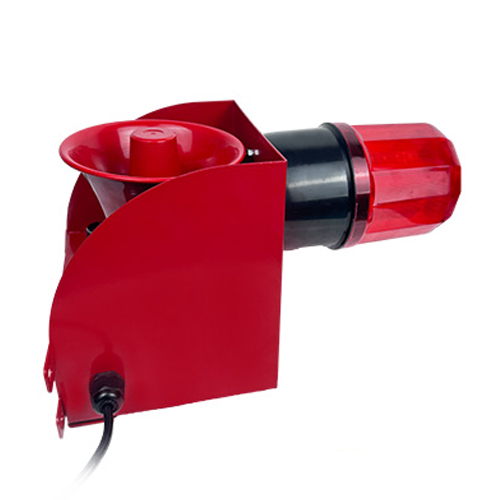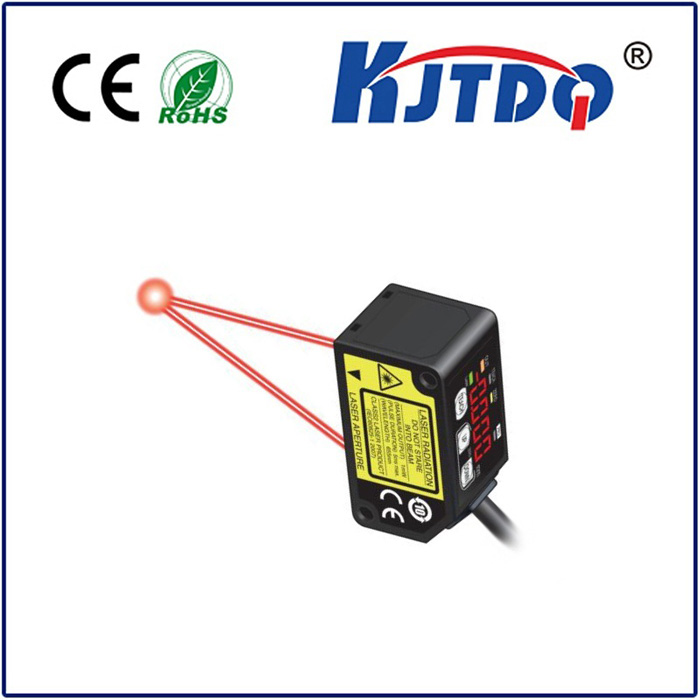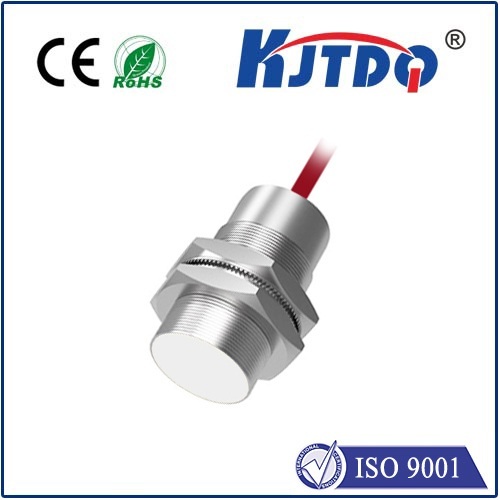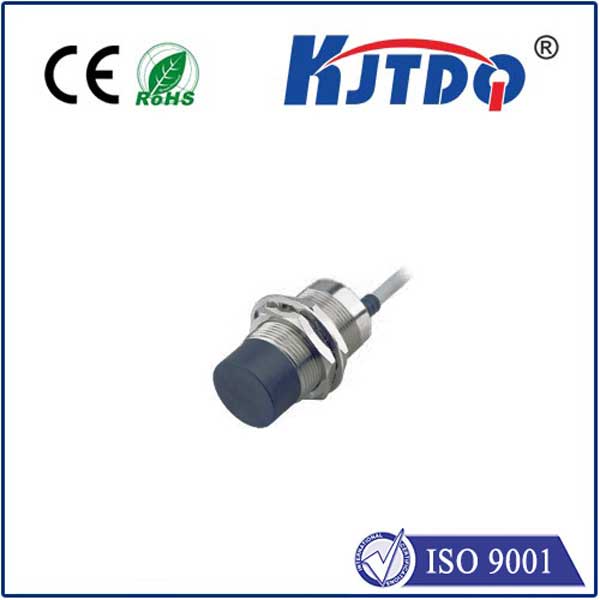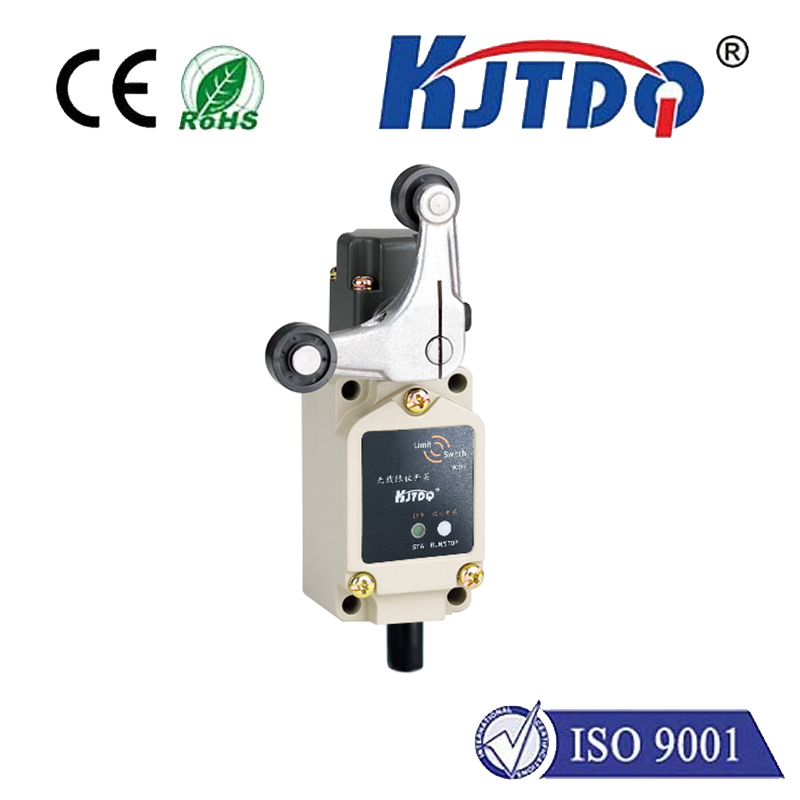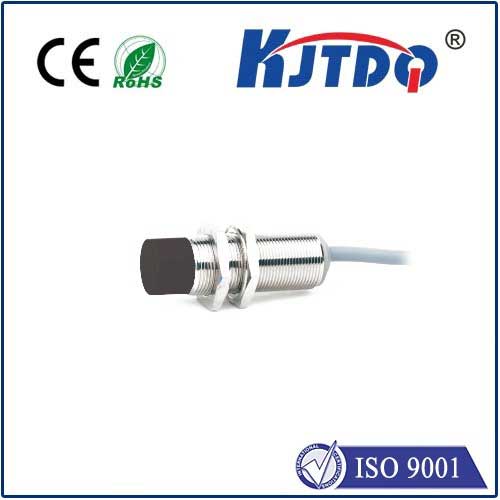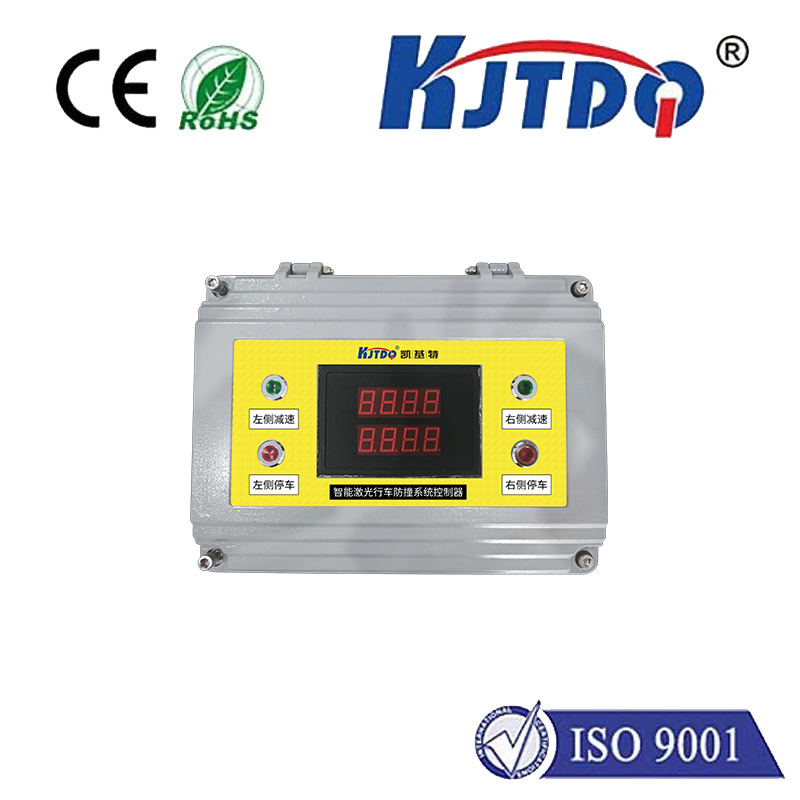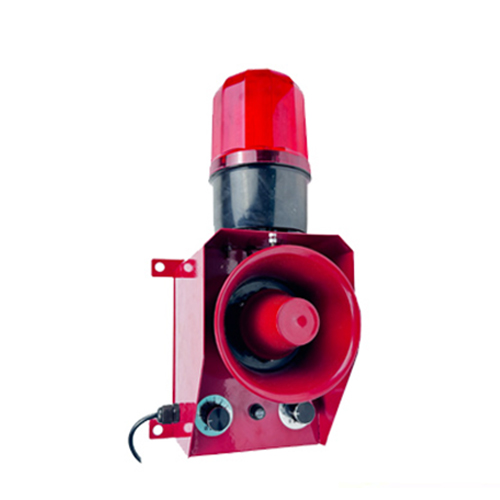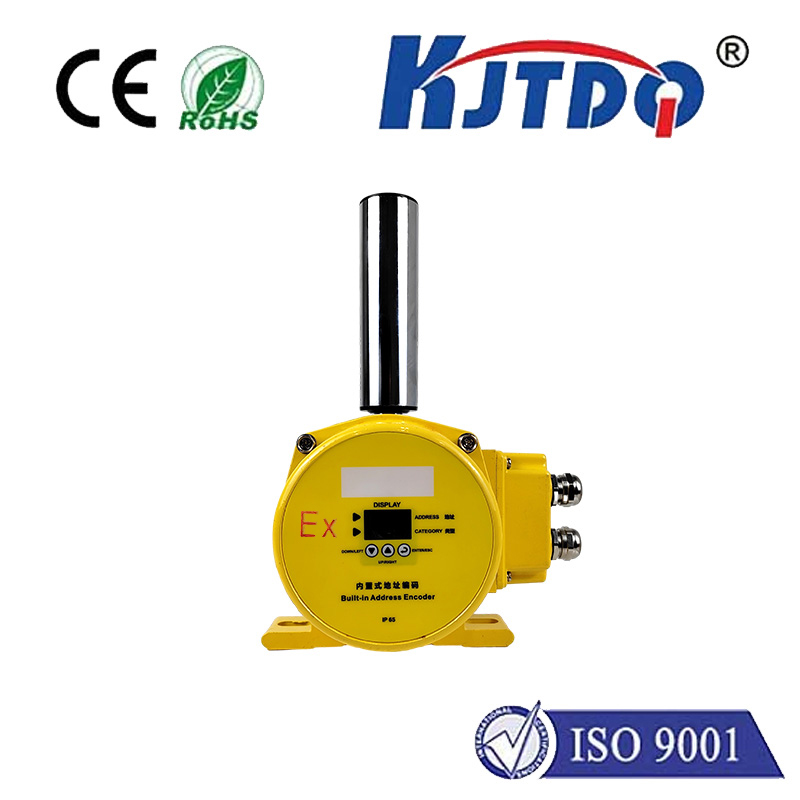Цены на датчики приближения PNP
- time:2025-07-17 08:57:07
- Нажмите:0
Understanding PNP NO Proximity Sensor Pricing: Key Factors & Market Insights
Ever searched online for a PNP NO proximity sensor only to find prices swinging wildly from pocket change to premium figures? You’re not alone. For engineers, purchasers, and maintenance professionals, navigating the cost landscape of these essential industrial components can be bewildering. Understanding why prices vary so significantly is crucial for making informed buying decisions that balance budget with performance and reliability. This guide dives deep into the key factors influencing PNP NO proximity sensor price, empowering you to decode the market and find the right sensor without overpaying.
First, Let’s Decode the Term: PNP NO Proximity Sensor
- Proximity Sensor: A non-contact device that detects the presence (or absence) of nearby metallic objects (typically inductive type) without physical contact.
- PNP: Refers to the type of transistor output. A PNP sensor (often termed “sourcing”) actively provides a positive voltage (+V) to the load when activated. Think of it as switching the positive supply line.
- NO (Normally Open): Describes the electrical switching state when no target is present. An NO sensor has an open circuit between its output and 0V when inactive. It closes the circuit (conducts) only when a target is detected within its sensing range.
- Combined (PNP NO): This means the sensor outputs a positive voltage signal (+V) only when a target is detected. The circuit is open otherwise.
So, the search “PNP NO proximity sensor price” reflects the need for cost information on sensors with this specific output configuration and switching behavior – a highly common requirement in automation.
Why Prices Vary Dramatically: The Core Influencers
Simply stating a single price for a PNP NO inductive proximity sensor is misleading. Numerous factors significantly impact the final cost:
- Sensing Range & Performance:
- Range: Sensors with longer sensing ranges (e.g., 15mm vs. 4mm) generally cost more due to more complex coil designs and stricter manufacturing tolerances. If your application requires detecting objects farther away, expect a higher PNP NO proximity sensor price tag. Short-range sensors are naturally more affordable.
- Repeatability & Accuracy: High-precision sensors guaranteeing tight repeatability tolerances demand more sophisticated engineering and quality control, adding to the cost. Applications demanding extreme precision will incur a premium.
- Electrical Specifications:
- Operating Voltage: Compatibility matters. Sensors covering a wide voltage range (e.g., 10-30V DC) or specific voltages (like 24V DC standard or higher voltage variants) may have different price points.
- Output Current: Higher switching current ratings (e.g., 200mA vs. 100mA) allow driving heavier loads but often require more robust internal components, impacting proximity sensor price. Ensure it meets your load’s needs without unnecessary over-specification.
- Switching Speed/Frequency: Sensors designed for very high-speed applications (rapid on/off cycles) command higher prices. Standard-speed sensors suffice for most tasks and are more budget-friendly.
- Environmental Resilience & Build:
- Housing Material: This is a major cost driver.
- Plastic (ABS, PBT): Most common and economical, suitable for general industrial use without extreme conditions.
- Nickel-Plated Brass: Offers superior chemical resistance, higher temperature tolerance, and better shielding against electromagnetic interference (EMI). Significantly increases the PNP proximity sensor cost but is essential in harsh environments (chemical plants, food processing, welding areas).
- Stainless Steel: The most robust and expensive, used for extreme corrosion resistance, high pressure, or sterilization (food & beverage, pharmaceuticals, marine).
- IP Rating (Ingress Protection): Defines resistance to dust and water. A higher IP rating (e.g., IP67, IP68, IP69K) demands more complex sealing techniques and rigorous testing, directly increasing the PNP NO proximity sensor price. IP67 (dust-tight, immersion resistant) is common; IP68/69K is premium.
- Temperature Rating: Specially designed sensors operating reliably in very high (>85°C) or very low (
- Design Variants:
- Shielded vs. Unshielded (Flush Mountable):
- Shielded: Can be mounted flush with metal surfaces without affecting sensing range. More complex design and often slightly more expensive.
- Unshielded: Require clearance around the sensing face (non-flush mounting). Generally more cost-effective but offer longer sensing ranges than shielded equivalents of the same size.
- Form Factor: Barrel sizes (M5, M8, M12, M18, M30), cuboid shapes, special geometries – manufacturing complexity and material volume influence price. Miniature sizes (M5, M8) can sometimes command a premium due to tighter manufacturing tolerances.
- Connection Type: Cable exit (PUR, PVC) or quick-disconnect connector (M8, M12). Pre-wired sensors offer convenience but cost slightly more than connector versions. High-flex cables add cost. Integral connectors require precise manufacturing.
- Brand & Quality Tier:
- Established Global Brands (e.g., Omron, Sick, Schneider, Pepperl+Fuchs, Allen-Bradley/Rockwell): Command premium PNP NO proximity sensor prices based on extensive R&D, proven reliability, global support networks, stringent quality control, and strong brand recognition. Ideal for critical applications.
- Mid-Tier & Value Brands (e.g., Autonics, Banner, Carlo Gavazzi, Turck): Offer excellent value and reliability, often at a lower price point than the top tier. Very popular for general industrial use.
- Economy/Generic Brands (often found on marketplaces): Provide the lowest entry price. Quality and consistency can vary significantly. Suitable for non-critical applications where occasional failure isn’t catastrophic. Buyer beware.
- Certifications: Sensors with specific safety certifications (e.g., SIL, ATEX/IECEx for hazardous areas) undergo rigorous testing and approval, drastically increasing the cost.
- Quantity & Supply Chain:
- Volume Discounts: Purchasing large quantities (hundreds or thousands) almost always secures a significantly lower per-unit PNP proximity sensor cost. Negotiate with suppliers.
- Distribution Channel: Buying direct from the manufacturer or authorized distributors typically offers better technical support and authenticity guarantees but might be slightly pricier than obscure online resellers.
- Availability & Lead Times: Standard items in stock are cheapest. Non-standard specs, special orders, or items facing supply chain shortages will carry a premium or have long lead times.
- Region/Shipping: Import duties, taxes, and shipping costs add to the final landed price.
What’s the Actual Price Range?
Given the factors above, providing a single price
